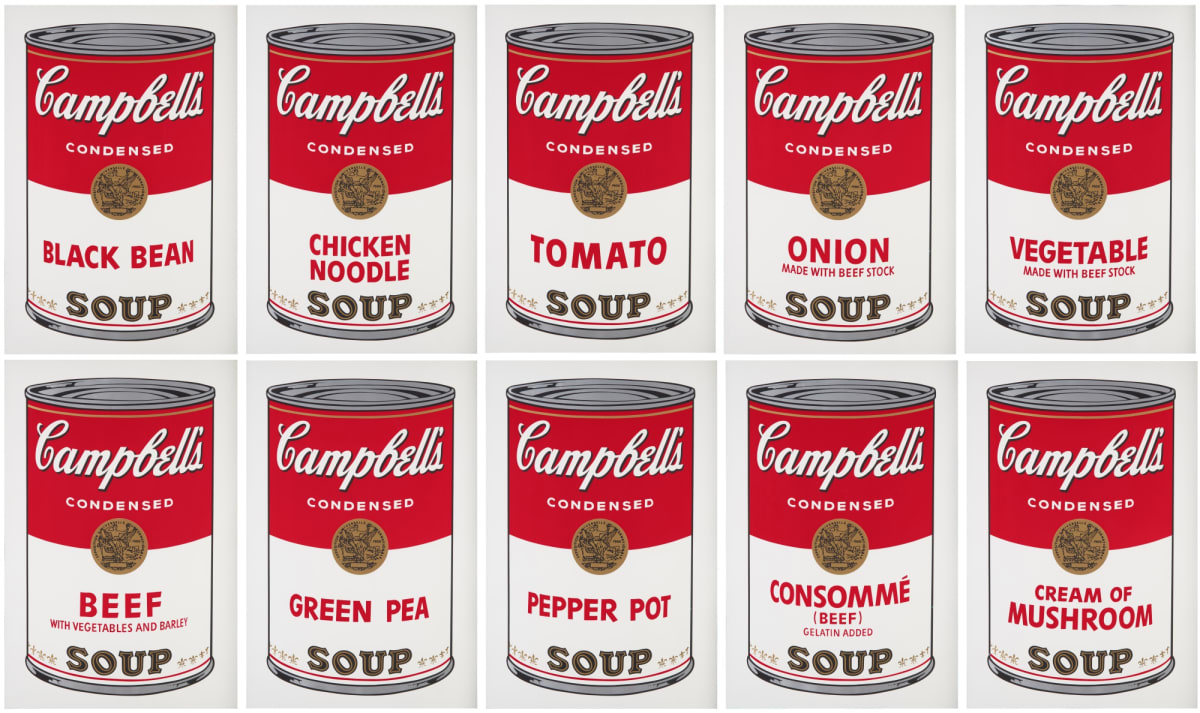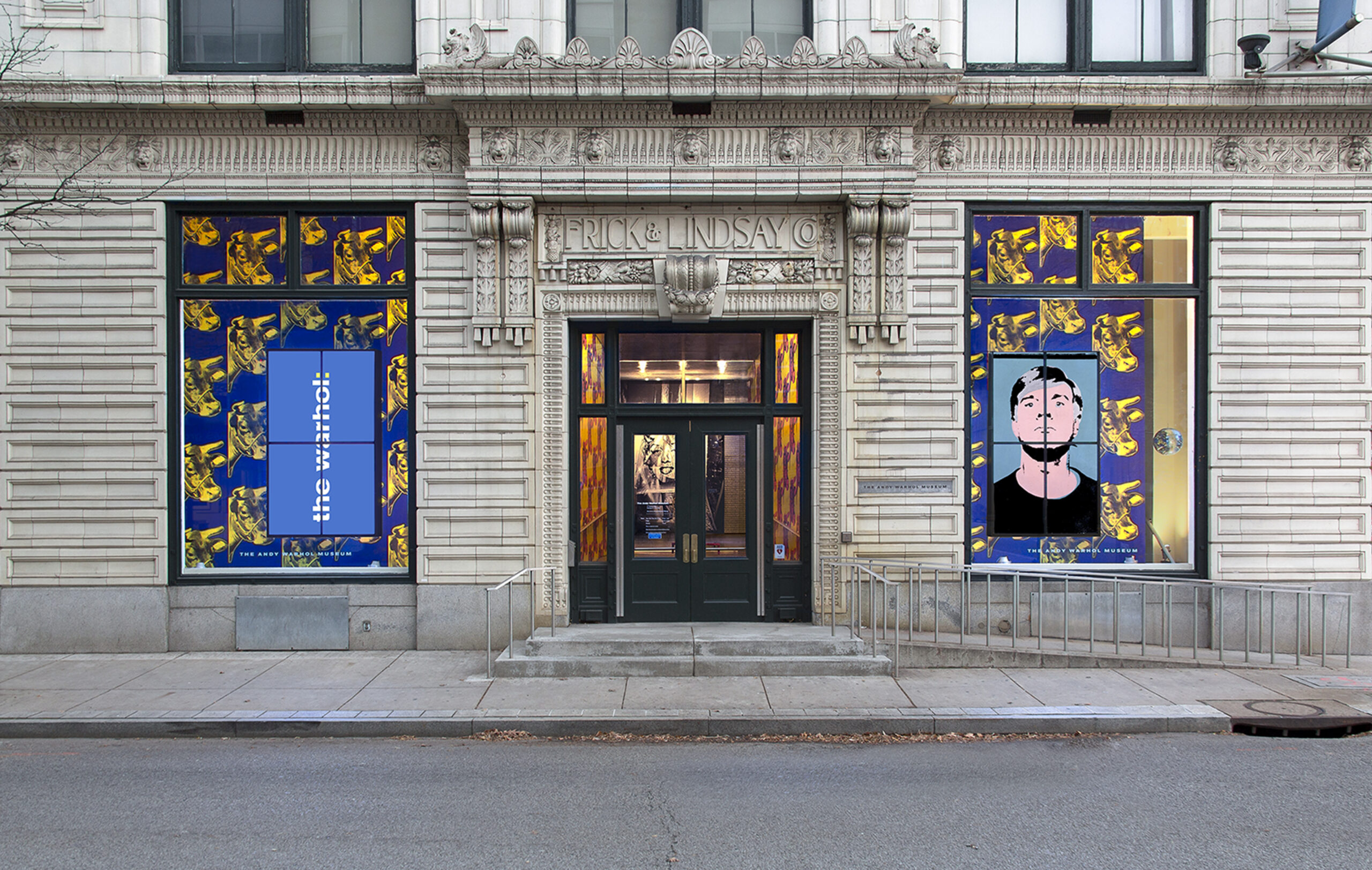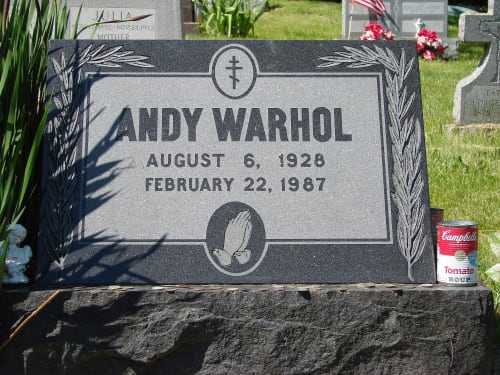Andy Warhol, born Andrew Warhola Jr. in Pittsburgh, Pennsylvania, on August 6, 1928, was a figure who seemed almost immortal — an artist who blurred the lines between life and art so completely that many came to see him as a living myth. His silver wigs, his deadpan expression, and his fascination with fame, glamour, and repetition all became a kind of armor. Yet, beneath that carefully crafted image lay a fragile man, shaped by childhood illness, Catholic devotion, and a lifelong fear of hospitals.
By the 1980s, Warhol’s health was precarious. He had long suffered from gallbladder problems, but his anxiety about medical procedures led him to delay surgery for years. In February 1987, after experiencing severe pain, he was finally persuaded to undergo gallbladder surgery at New York Hospital. It was supposed to be a routine operation, and the artist was said to be in good spirits afterward — calling friends, watching television, and even discussing future projects.
But in the early hours of February 22, 1987, Warhol’s condition suddenly deteriorated. He went into cardiac arrest and could not be revived. He was only 58 years old. The official cause was listed as “cardiac arrhythmia following gallbladder surgery,” but to many, it seemed impossible that such a towering figure — the man who had made soup cans into icons and celebrities into art — could be gone overnight.
The news sent shockwaves through the art world and beyond. Warhol had not only been one of the most important artists of his generation but also a symbol of the times: a mirror held up to a culture obsessed with fame, consumerism, and image. In death, as in life, he became an emblem of both the fragility and the spectacle of modern existence.

The Funeral in Pittsburgh
After his death in New York, Warhol’s body was transported back to his hometown of Pittsburgh, where his two surviving brothers, Paul and John Warhola, arranged a traditional Byzantine Catholic funeral in keeping with their family’s deep religious roots. The contrast between the glittering, celebrity-filled life Warhol led in New York and the modest, ritualized send-off he received in Pittsburgh could not have been starker.
An open-casket wake was held at the Thomas P. Kunsak Funeral Home. Warhol was dressed in a black cashmere suit and a paisley tie, his silver wig carefully placed on his head. In his hands, he held a small prayer book and a red rose — a quietly poetic image of the man who had once turned everyday symbols into art. His casket was solid bronze, with gold-plated rails and white satin lining — understatedly elegant, but not ostentatious.
The funeral mass took place at the Holy Ghost Byzantine Catholic Church, a small parish on Pittsburgh’s North Side that Warhol had attended as a child. The service was solemn and intimate, attended mainly by family members and a few close friends. Monsignor Peter Tay officiated, offering prayers for the artist’s soul. The choir sang traditional hymns in Old Church Slavonic, a reminder of Warhol’s Eastern European heritage.
At the end of the service, Warhol’s casket was carried to St. John the Baptist Byzantine Catholic Cemetery in Bethel Park, a quiet suburb of Pittsburgh. There, he was laid to rest beside his parents, Andrej and Julia Warhola. Before the coffin was lowered into the ground, his friend Paige Powell placed a few symbolic items inside: a bottle of Estée Lauder perfume, and two copies of Interview magazine — the publication Warhol had founded and turned into a cornerstone of celebrity culture. These final gestures captured the duality of Warhol’s world: faith and fame, spirituality and surface.

The New York Memorial: A Modern Pilgrimage
While the Pittsburgh service reflected Warhol’s private, religious life, the public memorial held in New York was a true reflection of his cultural status. On April 1, 1987 — forty days after his death — more than three thousand people gathered at St. Patrick’s Cathedral in Manhattan for a memorial mass that was as much a spectacle as it was a eulogy.
The scene outside the cathedral could have been mistaken for a film premiere or a fashion gala. Photographers lined the steps, reporters jostled for interviews, and a parade of artists, designers, musicians, actors, and socialites arrived dressed in black. Inside, young punks with neon hair sat beside elderly society patrons; drag queens stood alongside art dealers and film stars. It was a quintessentially Warholian tableau — high and low culture colliding in a shared moment of reverence.
Among the attendees were Liza Minnelli, Debbie Harry, Yoko Ono, Raquel Welch, David Hockney, Bianca Jagger, Halston, Calvin Klein, and Grace Jones. Collectors and curators mingled with club kids, models, and Factory alumni. The diversity of the crowd testified to the breadth of Warhol’s influence — not just on art, but on fashion, film, photography, and the entire concept of modern celebrity.
Inside the cathedral, the service began with a solemn procession accompanied by organ music. John Richardson, the British art historian and friend of Warhol, delivered a moving eulogy in which he described Warhol as “a devout Catholic masquerading as a cynic.” He spoke of Warhol’s daily visits to church, his habit of volunteering at homeless shelters, and his quiet acts of charity — aspects of the artist’s life that few in the art world ever saw. Richardson’s words revealed a man of contradictions: the celebrity worshipper who prayed in private, the Pop artist who painted icons of saints alongside soup cans.
The service concluded with a choral rendition of Amazing Grace, and as the voices filled the vast cathedral, it became clear that Warhol’s passing was not just the loss of an artist but the end of an era. Afterward, mourners gathered at the Diamond Horseshoe nightclub beneath the Paramount Hotel for a reception that felt like one final Factory party — bittersweet, glamorous, and unforgettable.

A Life That Changed Art Forever
Warhol’s death closed the book on one of the most extraordinary artistic careers of the twentieth century, but his legacy only grew stronger in the years that followed. His impact can be measured not only in auction results or museum retrospectives but in the way he fundamentally altered our understanding of what art could be.
Breaking the Boundaries of Art
Warhol’s greatest innovation was his refusal to accept the traditional boundaries that separated “high art” from popular culture. When he painted Campbell’s Soup cans in 1962, critics were scandalized. How could an image of a supermarket product be art? But Warhol understood that the modern world was already saturated with images, and that art must reflect the society it inhabits. He saw beauty in the banal and turned the language of advertising into a new visual form. His silkscreens of Marilyn Monroe, Elvis Presley, and Elizabeth Taylor transformed celebrity portraits into modern icons, as familiar and enduring as religious relics.
In doing so, Warhol democratized art. He made it accessible, reproducible, and immediate. His studio, The Factory, became a hub for experimentation — a place where artists, filmmakers, musicians, and outsiders could collaborate freely. It was both a physical space and a metaphor for the mass production of culture. From The Factory came not only paintings but films, photographs, interviews, and an entire social scene that blurred the line between art and life.

The Artist as Brand
Warhol also redefined what it meant to be an artist. He turned himself into a brand long before self-promotion became a common strategy. His silver wig, his cryptic manner, and his famous phrase — “In the future, everyone will be world-famous for fifteen minutes” — became part of his art. He anticipated the rise of celebrity culture, reality television, and the social media age. Today’s obsession with image, repetition, and self-curation can all trace their lineage back to Warhol’s practice.
But beyond the irony and spectacle, there was also a deep awareness in his work — a recognition that fame is fleeting, that surface and depth are interchangeable, and that art in the modern world is inseparable from commerce. His portraits of the rich and famous, commissioned for huge sums, were both sincere flattery and subtle critique. He gave his clients what they wanted — an image of themselves — but in doing so, he exposed the machinery of vanity and desire that drives modern life.
Institutional Legacy
After Warhol’s death, his estate was used to establish the Andy Warhol Foundation for the Visual Arts, which became one of the most important philanthropic organizations in contemporary art. Its mission was to support experimentation and innovation — values that Warhol embodied throughout his life. The foundation has since distributed hundreds of millions of dollars in grants to artists and institutions, ensuring that his influence continues to foster new creative work.
In 1994, the Andy Warhol Museum opened in Pittsburgh, housing thousands of works, photographs, films, and personal artifacts. Among its most fascinating holdings are Warhol’s “Time Capsules” — more than 600 boxes filled with letters, receipts, photographs, magazines, and random objects that he collected throughout his life. Together, they form a portrait of the artist as both archivist and observer, chronicling the minutiae of daily life with the same fascination he brought to his art.
Warhol’s memory is also immortalized in his hometown through the Andy Warhol Bridge, which spans the Allegheny River, and in a 24-hour live webcam that streams footage of his gravesite — an eerie but fitting tribute to an artist who once said, “I never fall apart, because I never fall together.”

Influence on Successive Generations
Warhol’s influence on later artists cannot be overstated. His exploration of repetition, media imagery, and consumer culture laid the foundation for postmodern art. Artists such as Jeff Koons, Damien Hirst, Banksy and Takashi Murakami have all drawn upon Warhol’s legacy, translating his ideas into new forms for new audiences. Even outside the art world, his impact is felt — in fashion, music, design, and digital culture.
The concept of the “celebrity artist,” so common today, would be unthinkable without Warhol. His combination of glamour, irony, and mass appeal anticipated everything from pop music stardom to influencer culture. In many ways, Warhol foresaw the 21st century before it arrived. He understood that in a world of endless media and constant exposure, everyone would become both subject and spectator.

Faith and Mystery
While Warhol was often portrayed as detached or cynical, those who knew him personally spoke of his deep spirituality. He attended church regularly, carried a crucifix, and made donations to Catholic charities. In his final years, he created a series of paintings based on Leonardo da Vinci’s Last Supper, layering the sacred image with commercial logos and contemporary symbols. These late works — luminous, haunting, and ironic — can be seen as both homage and confession, a meditation on belief in an age of mass reproduction.
That same tension between faith and fame ran through his entire life and culminated in his funeral rites. To the world, Warhol was the prophet of modern image culture; to his family, he was a quiet son who never stopped being Andy Warhola from Pittsburgh. The two halves came together in his death, revealing the man beneath the myth.
The Eternal Gaze
Even in death, Warhol’s fascination with visibility continues. His gravesite has become a pilgrimage site, often decorated with Campbell’s soup cans, flowers, and handwritten notes from fans. The live webcam installed above the grave — a project called Figment — broadcasts the site around the clock, turning his resting place into a perpetual artwork. It is a haunting realization of his prophecy: eternal fame through eternal observation.
Visitors often remark on the simplicity of his tombstone, which bears only his name and the dates of his birth and death. Yet the offerings left there tell the real story: Warhol’s art touched people across generations, from collectors and curators to everyday admirers. He democratized beauty and taught the world that the images surrounding us — no matter how commercial — could be as meaningful as the grandest masterpieces.
A Lasting Legacy
Nearly four decades after his death, Andy Warhol remains one of the most influential figures in art and culture. His ideas about fame, repetition, and consumerism continue to shape how we understand ourselves in an age dominated by media. Every Instagram post, every viral moment, every curated persona owes something to Warhol’s vision of life as art.
He redefined beauty, reimagined identity, and forced us to confront the surface of things — only to discover that the surface was the substance. In his own words, “If you want to know all about Andy Warhol, just look at the surface of my paintings and films and me, and there I am. There’s nothing behind it.” Yet the irony of that statement is that the surface he created continues to reveal new depths with each generation that looks upon it.
Warhol’s death in 1987 may have marked the end of a life, but it did not end his influence. His art, his foundation, his museum, and his myth endure — all testaments to a man who turned the ordinary into the extraordinary and made the modern world see itself in his mirror of silver and light.

